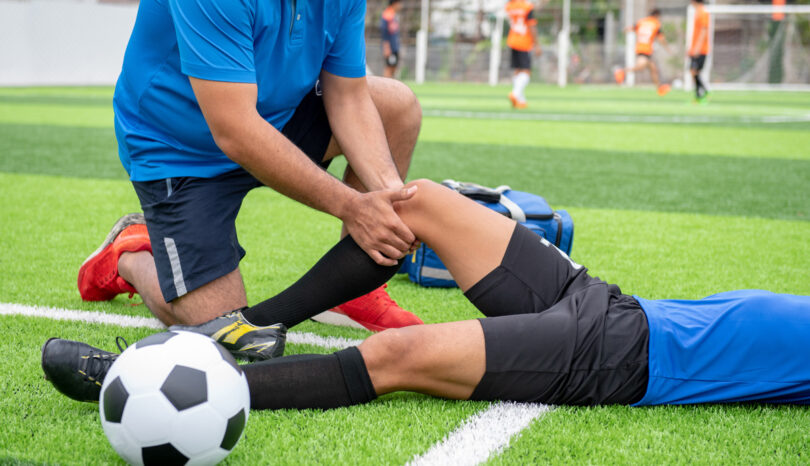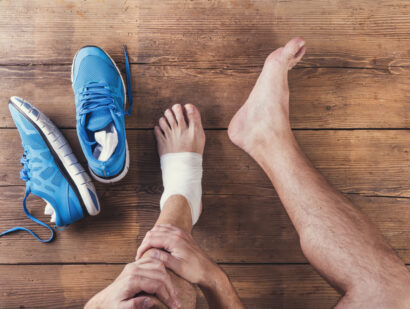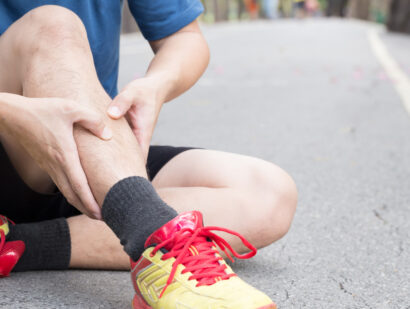- Find A Medical Provider
- Auto Injuries
- Common Injuries
- Medical/Pharmaceutical
- Types of Medical Injuries
- Malpractice Injuries
- Drug and Medical Device Injuries
- Drugs and Devices Linked to Cancer
- Opioid Addiction
- Drugs and Devices Known to Cause Injury
- 3M Combat Arms Earplugs – Hearing Loss
- Accutane
- Aciphex
- Actonel
- Actos
- Adderall and Ritalin
- Advair
- Aldara (Imiquimod)
- Alli
- Ambien
- Amiodarone
- Anzemet
- Aptivus
- Aranesp
- Arava
- Atorvastatin
- Avandia
- Benicar
- Birth Control Medication
- Blood Thinners
- Essure
- Fosamax (Alendronate Sodium)
- Gadolinium-Based MRI Contrast Agents
- Granuflo
- Hernia or Surgical Mesh Injuries
- Hydroxycut
- Inferior Vena Cava Filters
- Invokana Toe and Foot Amputations
- Ketek
- Levaquin
- Lipitor
- Mirapex
- Neurontin
- Onglyza
- Over-the-Counter Medications
- OxyContin
- Paxil
- Power Morcellators
- Pradaxa
- Propecia
- Reglan
- Talc Powder
- Trasylol
- Valsartan
- Viagra
- Xolair
- Zelnorm
- Zoloft
- Work Injuries
- Sports Injuries
- Marketing Services
- Blog
List your practice on InjuredCare | Log in / Sign up
Knee Injury

Generation after generation of athletes continue to elevate the standard of speed, strength and agility. Modern athletes are so big and fast, that it can actually become a detriment. As humans, our bones and ligaments have only advanced so far. For instance, the knee joint of a 300 pound football player is not that much larger than the knee joint of a marathon runner.
As knee joints play a critical role in the cuts, jumps and other movements that athletes utilize daily to train and compete, knees are constantly put to the test. We see this each year in the NFL's ACL epidemic. Many of these knee injuries occur without contact. This occurs because athletes are playing with such force that their own muscles, momentum and body weight are placing enough pressure on their knee joints to cause tearing, sprains, strains and dislocations.
Injuries are a part of sports. However, knee injuries can linger long after you hang up your cleats. As knee injuries become more common, knowledge around preventing knee injuries in sports has grown.
Preventing Knee Injuries
Knee injuries occur suddenly and unpredictably. However, this doesn't mean that athletes can't take measures to maintain their bodies properly to lower their risk of minor and severe knee injuries. Follow these steps to keep your knees strong and limber heading into a competition:
- Learn how and when to stretch - Give your knees the necessary range of motion to compete. Be careful not to overstretch or stretch without warming up first. If your muscles and tendons are too loose heading into a competition, your knee won't have the same bounce it needs to make quick movements without risking injury.
- Take care of your body - Eating a balanced diet and getting proper sleep is critical to maintain an athlete's body. If you place your body through the rigors of training and sports, you need to ensure it's taken care of. It's also important to build your strength and stay in shape in order to stay competitive in your sport, which will keep you from overstraining your body.
- Warm up - Expecting your muscles to go from 0-60 on command is a quick way to get injured. Start slow and ease your muscles into peak performance. During breaks, keep your muscles from locking up by walking around or jogging.
- Play at full speed - Not paying attention puts you at risk of a collision or getting tangled up on a fall. Not playing at full speed or questioning your actions allows other players the opportunity to push you around.
- Be in control - Sprinting, lunging and leaping are all necessary aspects of athletics, however, doing so with reckless abandon, is not. Playing under control will keep you and your teammates safe throughout a tenuous season.
- Play smart - You can still be a great team player and a tenacious athlete while also protecting your body. There is a fine line between giving it your all and placing your body in harm's way. Keep in mind that making a catch, gaining a few extra yards, scoring a run, etc. is never worth sustaining an injury or losing a key player. Think about what's best for yourself and your team long-term while you're on the court or field.
Types of knee injuries:
- Fractures.
- Ligament tears.
- Dislocation.
- Meniscal tears.
- Sprains.
- Strains.
- Tendonitis.
- Tendon tears.
Treating Knee Injuries
Treating athletic injuries is always a collaborative and transparent process. When your body is your livelihood, receiving treatments that are both efficient yet thorough is critical to prevent losing too much playtime while also maintaining peak performance. Chiropractors, sports medicine specialists and orthopedic surgeons must constantly provide this balance for their athlete patients. Medical providers utilize a combination of these treatment methods for sports related knee injuries:
- Anti-inflammatory medications and methods - Reducing inflammation and swelling in the knee prevents discomfort and further complications. A combination of anti-inflammatory medications, compression, ice and elevation should be used to limit inflammation around the knee.
- Bracing and immobilization - Knee braces are used to stabilize and immobilize the knee to ensure proper alignment and prevent further injury while the body works to naturally heal the injured bone, ligament, tendon or cartilage.
- Physical manipulation - Orthopedists and chiropractors have the ability to physically examine and treat certain knee injuries. If a knee joint is out of place, it can be manipulated back into proper alignment to ensure a healthy recovery.
- Surgery - Knee arthroscopy is the process of using a small camera to diagnose and treat knee injuries. An arthroscope can be used during surgery to identify and treat any bone fractures or tissue tears. Surgeons can remove damaged tissue or bone fragments and replace or mend together torn ligaments and tendons, as needed.
- Physical therapy - Once a knee has been injured, it needs time to build back its original strength and flexibility. Exercises with a physical therapist help safely and consistently build knee health and mobility without setbacks.
If you have severe or persistent knee pain, reach out to your PCP to receive immediate treatment or a referral to an orthopedic surgeon, sports medicine specialist or chiropractor to promote a quick and complete recovery.









